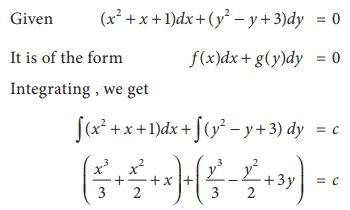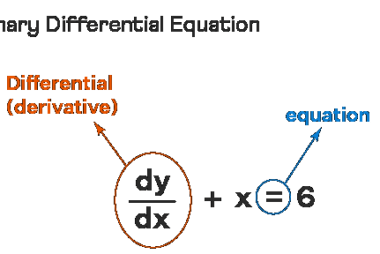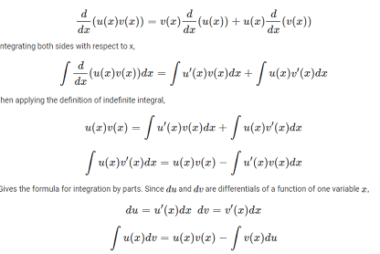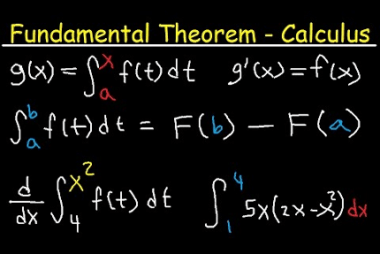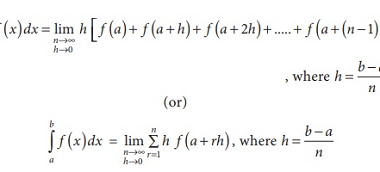linear first order differential equations
A linear first-order differential equation has the form: y’ + p(x)y = q(x) where y’ denotes the derivative of y with respect to x, p(x) and q(x) are functions of x. To solve this equation, we use an integrating factor, which is a function u(x) that we multiply both sides of the equation by. We…


